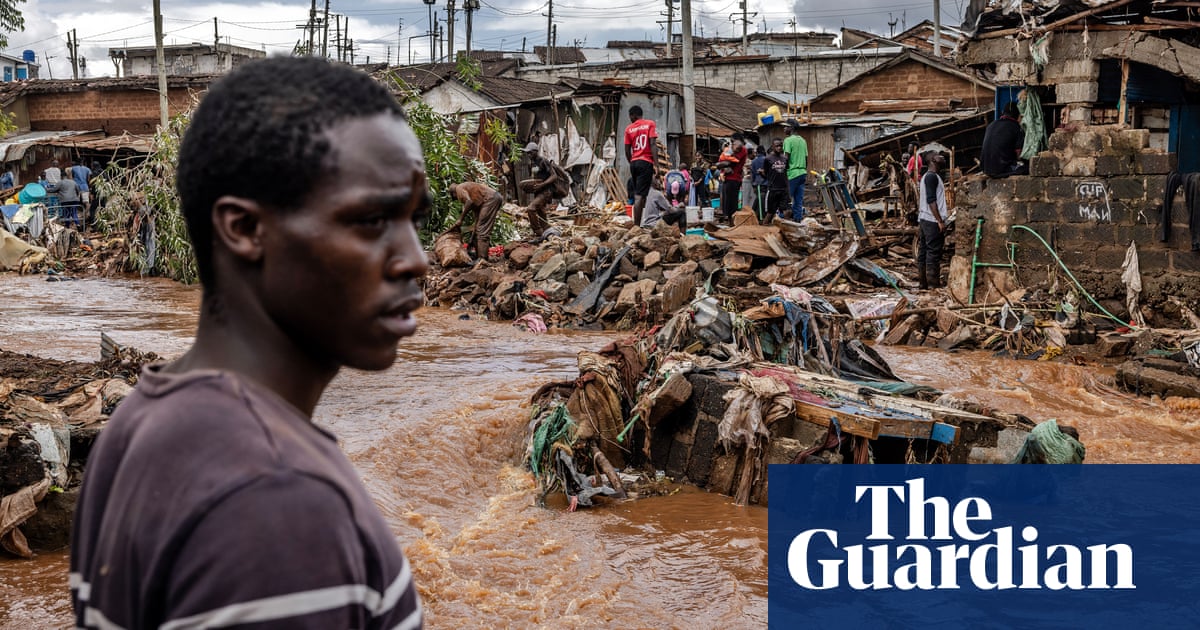India makes a big bet on electric buses » Yale Climate Connections


Public transportation riders in Pune, India, love the city’s new electric buses so much they will actually skip an older diesel bus that arrives earlier to wait for a smoother, cooler ride in a new model. This has fed a new problem: overcrowding. Fortunately, more new buses are on the way.
Last fall, India’s Ministry of Housing and Urban Affairs launched a $7 billion initiative to support 10,000 new electric buses in 169 Indian cities. The PM-eBus Sewa program prioritizes small to medium-sized cities of up to 4 million people, particularly those now lacking organized bus service. India hopes this will make public transport — not private vehicles — integral to sustainable urban growth and city culture in the country that last year overtook China to become the world’s most populous nation.
India’s burgeoning cities are expected to be home to an estimated 416 million more people by 2050 — the largest urban increase in the world. Massive growth could worsen both traffic congestion and air quality in a country that already has nine of the 10 most polluted cities on the planet and ranks second in deaths related to transportation pollution.
But more traffic and pollution is not inevitable, since India has yet to build 70 to 80% of city infrastructure that will be needed by 2050. The government initiative aims to make clean, electrified public transportation the norm.
PM-eBus Sewa (Sewa means “service” in Hindi) will also invest in infrastructure like bus depots, interchange facilities, advanced fare collection systems, and fleet charging facilities. New, holistic transport systems in these rapidly developing cities will also create economic opportunities, giving all residents access to affordable, reliable transportation to travel to work or school.
Electric buses require a larger upfront investment even though they are cheaper than diesel buses over their lifetimes due to lower fuel and maintenance costs. Therefore, PM-eBus Sewa will focus on smaller cities with fewer financial resources. It also will use an innovative funding mechanism called a gross cost contract model, which has already succeeded in several Indian cities. The local transportation authority contracts with a private company that owns the bus, often the manufacturer, to operate the bus and handle maintenance, charging, and staffing over a set time period. This allows cities to pay for buses over a longer term rather than all at once.
“India’s cities do want to run bus services but do not have funds for sustained bus operations,” explained Surendra Kumar Bagde, additional secretary, Ministry of Housing and Urban Affairs at the International Council on Clean Transportation’s Clean Transport Summit in New Delhi last August. “PM-ebus Sewa gives this sustained bus operations support.”
Public health benefits of electric buses
In India, transportation is the third-largest source of emissions, after power generation and industry. The transition to electric vehicles will cut planet-heating emissions, but this alone will not achieve the country’s climate goals. Recent research from the nonprofit Institute for Transportation and Development Policy finds that India must shift 50% of projected travel to public transportation, walking, and biking by 2050 to cut transportation emissions in line with the goal of limiting global warming to 1.5 degrees Celsius. Electrifying buses focuses government investments on shared transport, supporting compact cities that put people’s needs ahead of cars. Experts at the International Council on Clean Transportation India provided analysis demonstrating that electric buses also will improve air quality, which should cut respiratory problems and benefit public health.
In the fall of 2021 and spring of 2022, the International Council on Clean Transportation also conducted a survey in three cities — Mumbai, Pune, and Navi Mumbai — that were early adopters of electric buses in the western state of Maharashtra. Mumbai’s first six electric buses hit the roads in 2017 and then an additional 40 in 2019. Pune was able to start with 150 in 2019, using Smart Cities Mission funds, a national program to support sustainable development. And Navi Mumbai also started its e-bus service with 150 e-buses in 2019.
In conversations with 21 individuals, representing transit authorities, depot managers, and bus operators, the researchers heard overwhelming support for electric buses, citing multiple benefits over fossil-fueled buses. Transit authorities reported that electric buses required less maintenance time while being just as reliable as other buses. Santosh Patil, a driver from Navi Mumbai Municipal Corporation, said driving the e-bus is much less stressful because it doesn’t require frequent gear shifting in heavy traffic and is easier on the knees and back. He pointed out the e-bus is also free from the vibration, noise, and heat generated by fossil-fueled buses.
As for passengers, in April 2022, the Institute for Transportation and Development Policy conducted a survey in Pune, finding that 78% preferred to ride electric buses over their fossil-fueled counterparts. The survey found riders prefer the smoother, less-noisy ride as well as the air-conditioning. Buses in Pune also operate on a bus rapid transit system, which provides buses with dedicated lanes and other features that make bus travel faster and easier than car travel — key to making public transport the default choice.
Big bus ambitions
In 2015, there were only three electric buses registered in India. Now there are 7,757. Maharashtra state accounted for about 25% of e-buses operated in India as of February 2024 and is in the process of procuring 5,150 e-buses — the second-largest e-bus tender in the country.
After announcing the PM-eBus Sewa policy, the national government set a goal of 50,000 new electric buses deployed by 2027.
“India is undergoing a remarkable transition to electric mobility in public transport,” said Vaishali Singh, who leads the Institute for Transportation and Development Policy’s bus electrification work in India, in an email. “But the real challenge lies ahead,” she noted. Transit authorities must rethink bus system planning and operations to account for charging needs, changes to maintenance, and worker training.
Another challenge: India has more than 2 million private buses, including charter buses for tourists. Late last year, Indian media reported that the government plans to replace 800,000 diesel buses with electric ones over the next seven years through the next phase of its electrification subsidy. The plan calls for 550,000 new private e-buses, 200,000 e-buses for public transport, and 50,000 for schools.
If achieved, that would make India an undisputed leader in e-bus deployment and drive major growth of its domestic electric vehicle manufacturing. If this happens, by 2050, India may no longer be considered a “developing” country, but a global example of sustainable development with clean air, livable cities.
Sarah Spengeman is communications deputy director at the Crux Alliance, which was established in 2018 to support the rapid implementation of ambitious, cutting-edge climate policies.
We help millions of people understand climate change and what to do about it. Help us reach even more people like you.




